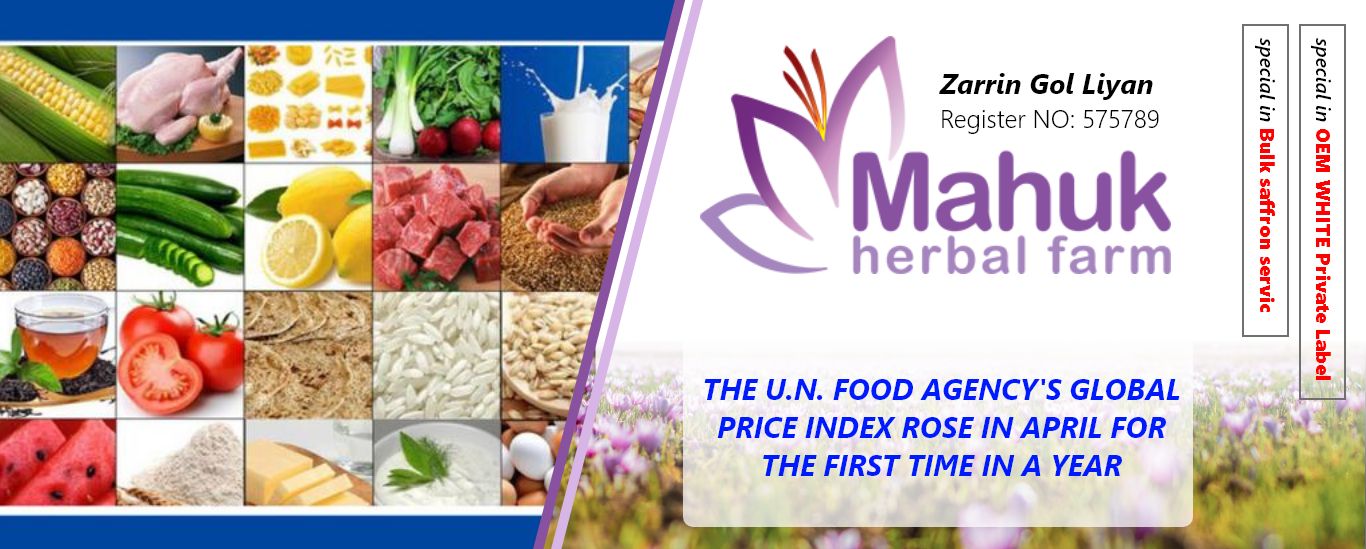

The U.N. Food Agency’s global price index rose in April for the first time in a year, but remains about 20 percent off the record high set in March 2022 after the Russia-Ukraine war.
The agency announced on Friday that the Food and Agriculture Organization (FAO) price index averaged 127.2 units last month against 126.5 units in March. The agency said the increase in April was driven by higher prices for sugar, meat and rice, which offset declines in the price indices for cereals, dairy and vegetable oil.
“As economies improve, demand will increase and put a lot of pressure on food prices,” said Maximo Torero, chief economist at FAO. The sugar price index increased by 17.6 percent compared to March and reached its highest level since October 2011.
FAO said the increase was linked to concerns about reduced supply and lower production forecasts for India and China, along with lower production from Thailand and the European Union.
Meat index increased by 1.3% compared to the previous month, dairy price decreased by 1.7%, vegetable oil price decreased by 1.3%, and grain price index decreased by 1.7%. Torero said: The increase in the price of rice is very worrying.
In a separate report on cereal supply and demand, the FAO forecast world wheat production in 2023 at 785 million tonnes, slightly below the 2022 level but still the second largest production on record. FAO raised the forecast for global cereal production in 2022 from 2.777 billion tons to 2.785 billion tons, which is only one percent less than the previous year.
According to a Reuters report, FAO announced that global consumption of cereals in the period 2022-2023 will reach 2.78 billion tons, a decrease of 0.7 percent compared to 2021-2022. Global grain stocks are expected to decline by 0.2 percent to 855 million tons by the end of the 2022-2023 season.



